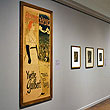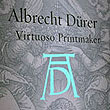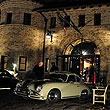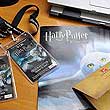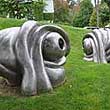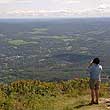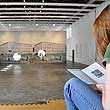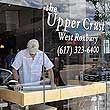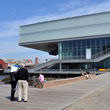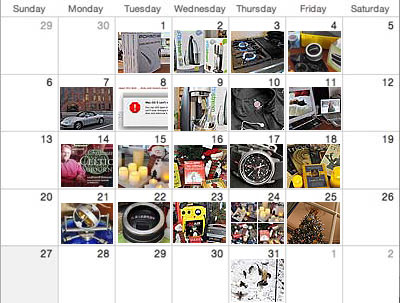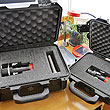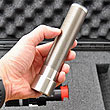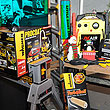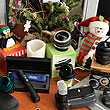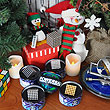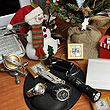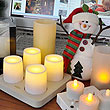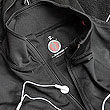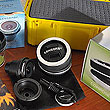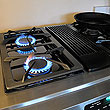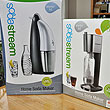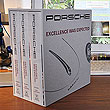Quite a few questions came in asking for more details on the CDD imager we plan on using with our Hyperstar astrophotography setup. We had scheduled the write-up of the CCD camera for later next week, but due to the interest, we decided to move it up the queue.
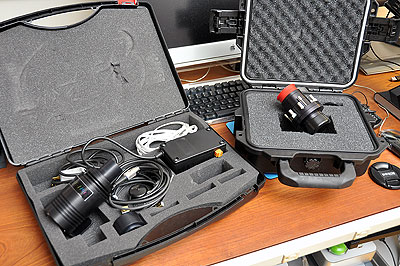
We will be using a Starlight Xpress H9C camerawith the C6 and M10 Hyperstars. We would have preferred to use our Nikon DSLR, but the body would have been an obstruction when mounted in front of the telescope. The Starlight camera's body is cylindrical and has a much lower profile than the DSLR. It is a perfect complement for the Hyperstar lens.
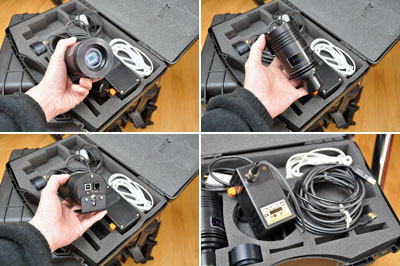
The H9C is not a typical digital camera. It is specially designed for astrophotography. Noise is a big problem for CCD sensors when light is low. Proper lighting is usually not a problem for daylight photography, but take a photo at night without a flash and you will quickly see what we mean. The dark areas in the image will not appear black, but speckled...that is dark signal noise, which can be difficult to distinguish from low luminousity stars. The Starlight Xpress camera's CCD sensor is designed to have very low dark signal noise, giving it a high signal-to-noise ratio.

The H9C has a megapixel (1392 x 1040) CCD sensor in a 8.9 x 6.7mm array. The camera has a USB 2.0 interface, an auto-guider port, and two serial ports for accessory control. Check out the imager's full spectral and other characteristics here.
Power is supplied to the camera via an external AC adapter. This helps keep the camera's weight to under 400 grams.

Our purchase of the Hyperstar lenses came with a choice of camera adapters. We requested the adapter for the H9C. When coupled, the Hyperstar and H9C is a cylindrical unit about 7" in length. The assembled weight will be around 800 grams (less than 2 lbs), which is important as we'll be attaching it
to the telescope's glass corrector plate. In the final segment of this series, we'll show how to mount the Hyperstar/H9C assembly onto the Celestron C6 telescope. [Permalink] -Starlight Xpress CCD FirstLook
|

